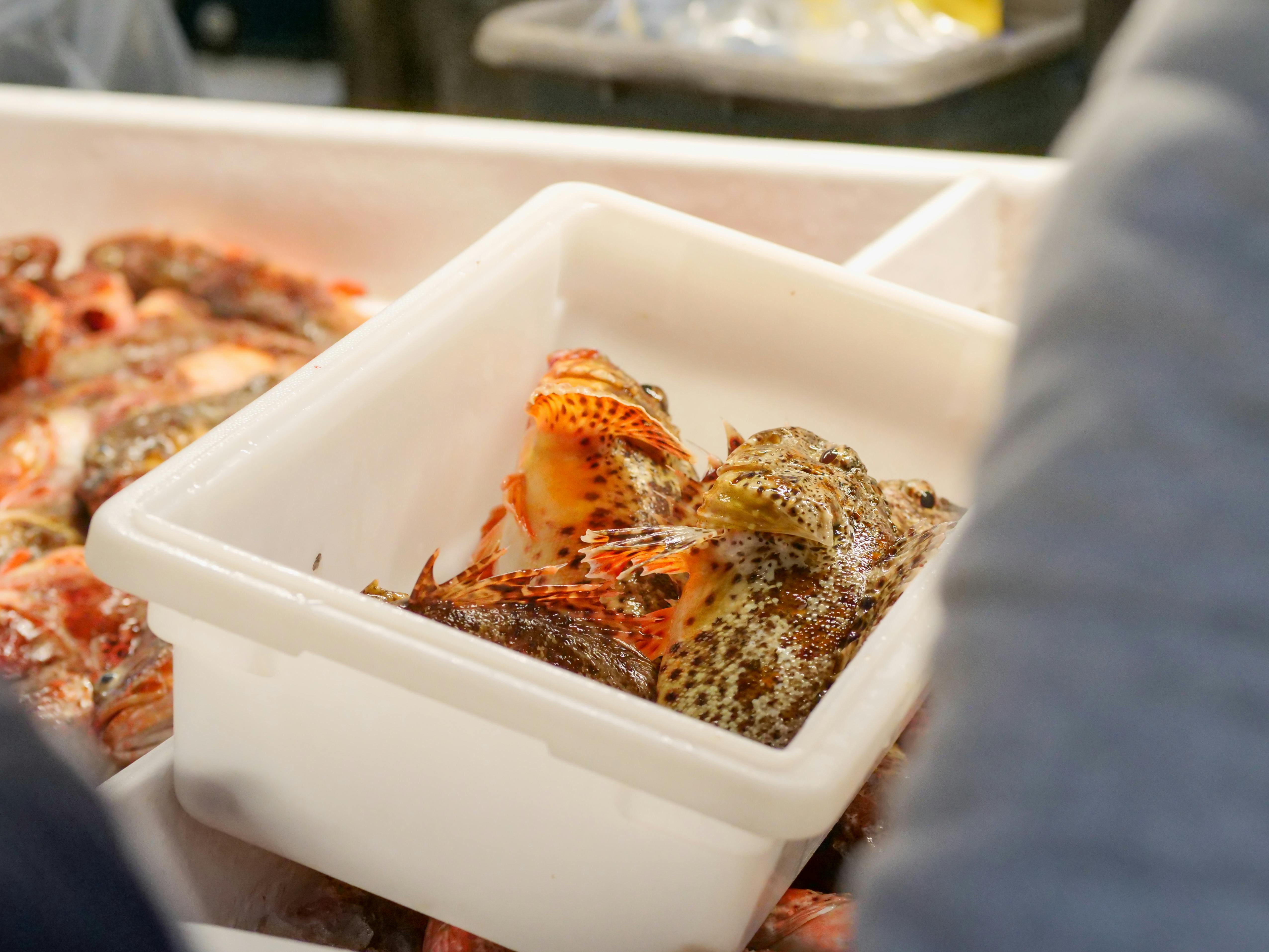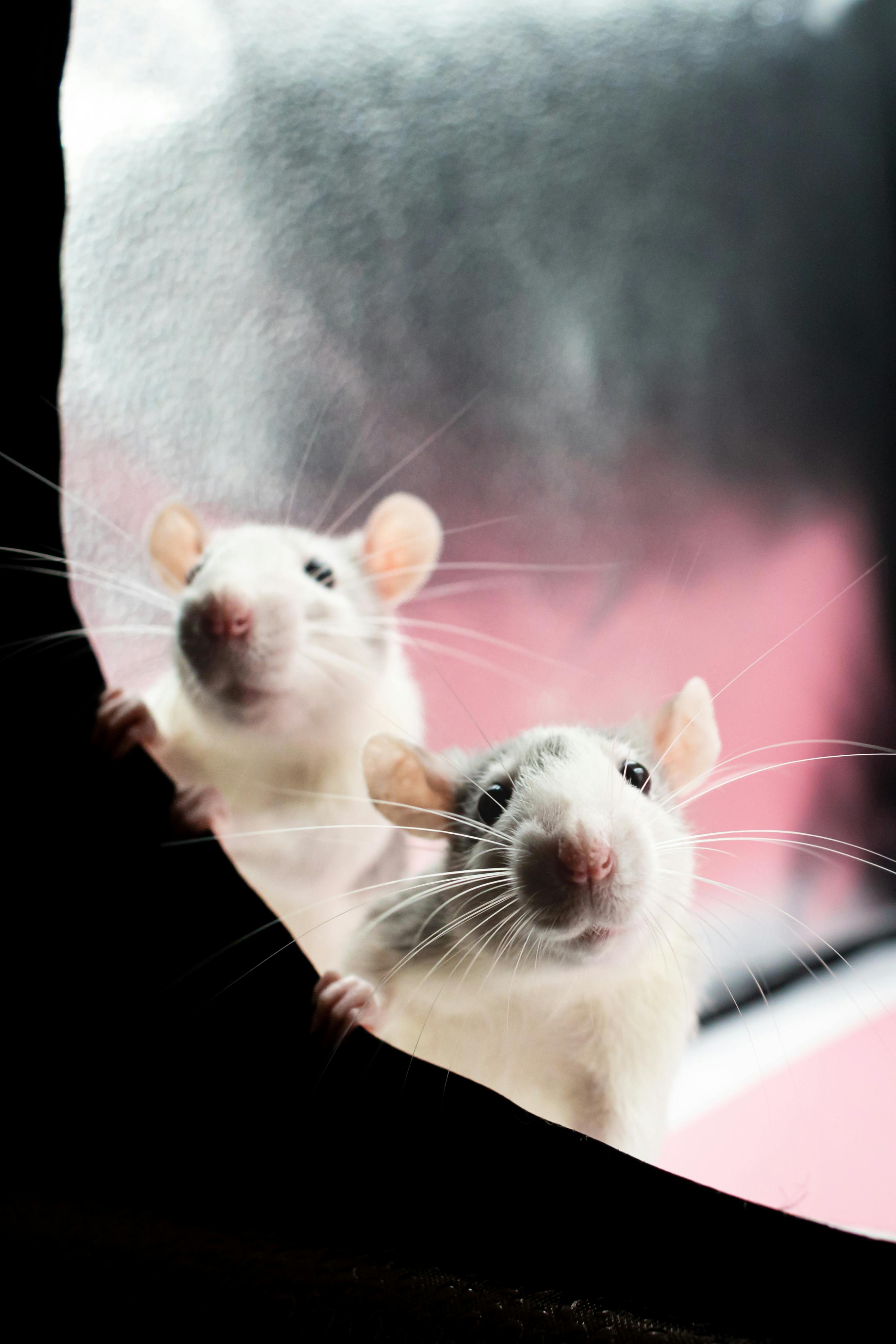
Smart Ways to Enhance Your Peter Rabbit Nursery in 2025
Creating a Peter Rabbit nursery that captivates young children requires a blend of creativity, educational elements, and whimsical charm. As we step into 2025, incorporating bunny themes in your nursery can not only enhance aesthetic appeal but also foster a nurturing environment for early childhood education. This article explores innovative ways to design an engaging and interactive space that promotes imagination development, storytime for kids, and social skills alongside learning.
From utilizing classic children’s literature and nursery rhymes to implementing fun and engaging educational activities, there’s a rich array of options to consider. The nursery should promote personalized learning, which caters to the diverse needs of children, ensuring an inclusive experience. We will cover key aspects, such as creating charming story corners, art projects, and incorporating interactive storytelling methods that tie into beloved characters like Peter Rabbit, thereby making learning delightful.
Throughout this article, you'll discover practical tips and enriching activities that embrace the play-based learning model, engaging children while they explore their world. Here’s what you can look forward to:
- Innovative decor ideas to enhance your nursery
- Benefits of integrating rabbit-themed activities into daily routines
- How to bolster language development through storytelling
- Seasonal and community-related activities that invite family engagement
- Creative crafts and sensory play ideas that inspire early literacy
By the end of this guide, you’ll be equipped with a treasure trove of resources and actionable strategies to transform your space into a vibrant child-friendly environment, ready for a world of adventures.
Transforming Your Classroom Decor with Bunny Themes
To enhance your nursery's atmosphere, start with imaginative classroom decor that reflects the whimsical world of Peter Rabbit. Integrate soft colors associated with the characters, such as pastel greens, browns, and light blues, to create a calming yet uplifting space for children. Utilize wall art featuring scenes from the stories, which can not only serve as inspiration but also stimulate children’s creative thinking through visual storytelling.
Consider making use of nursery art projects where children can create their own versions of their favorite scenes or characters. This encourages creative expression and invites them to take ownership of their space. Practical implementations might include:
- Interactive Story Walls: Create a dedicated area where children can interact with story elements, such as fabric pieces representing different characters. This visual and tactile engagement enhances their connection to the stories.
- Seasonal Decor: Rotate decorations according to the seasons to reflect nature and community events. For example, during spring, include artwork around gardening with children, emphasizing growth and exploration.
Connecting decor to classic tales not only beautifies the space but also cultivates a love of reading, facilitating empathy in children as they learn to relate to the characters' adventures and challenges.
Engaging Children Through Interactive Storytime
This naturally leads us to the importance of storytime for kids within the Peter Rabbit nursery. Storytime is more than just reading; it is an opportunity for interactive storytelling, where children actively engage with the narrative. Encourage kids to participate in the story through sound effects or role-play, which enhances their language acquisition and builds their confidence in public speaking.
Incorporate reading circles where children can share their interpretations of tales, promoting cognitive skills such as comprehension and critical thinking. Facilitate theme-based discussions, making connections to real-life experiences to deepen their understanding and foster social interaction. Here are some strategies to enhance your storytime:
- Story Adaptations: Create thematic learning opportunities by adapting stories to various formats, such as puppet shows or interactive storybooks that require physical involvement from the children.
- Reading Aloud Sessions: Use expressive voices and sound effects when narrating. This not only captures attention but also sparks imagination regarding animal adventures.
- Hands-On Exploration: Post-story activities such as crafting bunny ear hats or small garden projects can help incorporate tactile learning, making the experience more memorable.
As children dive into the stories, they develop skills crucial for their journey through preschool curriculum, enhancing their social skills and emotional intelligence through shared literary experiences.
Celebrating Community and Family Engagement
With these basics established, it's essential to recognize the role of community and family in enhancing the nursery experience. 2025 offers numerous opportunities to encourage community involvement in the nursery, fostering a rich discord around learning and collaboration. This can take the form of community events that celebrate literature, nature, and the principles of togetherness.
Consider hosting family-friendly events such as storybook picnics or garden gardening days where roles include caring for plants and learning about nature together, emphasizing the importance of environmental awareness. Not only will this strengthen family bonds, but it also enhances children's understanding of their environment - a key aspect of inclusive learning.
- Festive Celebrations: Incorporating seasonal celebrations such as Easter can allow children to explore cultural traditions while engaging in fun, bunny-themed activities like egg hunts that integrate physical play and community collaboration.
- Family Workshops: Invite parents or caregivers to participate in workshops focused on crafting or storytelling techniques, enhancing parent-child bonding and building a greater appreciation for their child's learning journey.
Such engagements provide glimpses into children's play and learning through art, while fostering a supportive yet inclusive community culture.
Incorporating Hands-On Learning with Bunny-Themed Activities
Transitioning to hands-on activities, it's vital to integrate bunny-themed activities that promote both fun and educational growth. Providing opportunities for students to interact with the artwork that draws inspiration from rabbit-themed books enhances their experiential learning.
Utilize sensory bins filled with safe, colorful materials that represent different elements from the Peter Rabbit stories, enabling children to explore through texture and play. This kind of sensory play not only captivates their imaginations but also aids in fine motor development and cognitive skills.
- Gardening Activities: Involve children in nurturing plants, mirroring Peter Rabbit's own adventures. This teaches care routines similar to pet rabbit care and instills a sense of responsibility.
- Art in Early Education: Implement art projects that focus on using various materials to recreate scenes or aspects of the stories, promoting creative problem solving and allowing children to express themselves visually.
These activities not only enhance their creative and cognitive skills but also incorporate essential life lessons into the nursery’s day-to-day operations, establishing a holistic environment that supports all aspects of child development.
Promoting Emotional Intelligence through Character-Based Learning
Lastly, as we enhance the nursery using the beloved Peter Rabbit theme, focusing on character education is crucial to developing emotional intelligence among children. It is essential to ensure that children are aware of the feelings and motivations behind their favorite characters, allowing them to navigate their own emotions and those of their peers.
Use games based on character roles that promote discussion about feelings and problem-solving strategies, which will be valuable for child psychology and social interaction. Encouraging children to reflect on the adventures of Peter Rabbit helps reinforce lessons about empathy and responsibility.
By thoughtfully engaging in discussions about characters, their triumphs, and challenges, children enhance their cognitive abilities and build resilience. For instance, stories can be integrated into the curriculum where students can share reflections or considerations of how they would react in similar situations.
Throughout this engagement, the nursery develops a learning culture that values emotional growth, peer support, and collaboration, ensuring children have the tools they need for a balanced life ahead.
Conclusion: Building a Vibrant Community of Learning
As we navigate through new educational strategies in 2025, the charm of a Peter Rabbit nursery can be a foundation for experiential learning and imaginative play. The key takeaways from this exploration highlight enhancing spaces with thoughtful decor, integrating interactive storytelling, celebrating community involvement, and promoting hands-on learning through bunny-themed activities.
By fostering an environment where children feel safe to express themselves, share experiences, and engage with the world around them, we set them on a path that prioritizes early literacy, emotional intelligence, and social skills. With Peter Rabbit as their guide, children can enjoy a nursery experience filled with delightful adventures—be it through charming stories or enriching activities that prepare them for a bright academic future.

